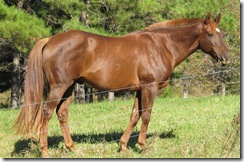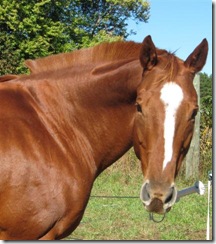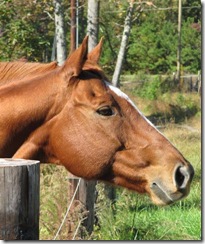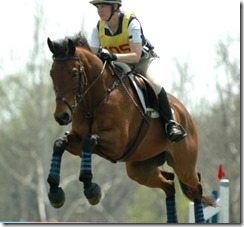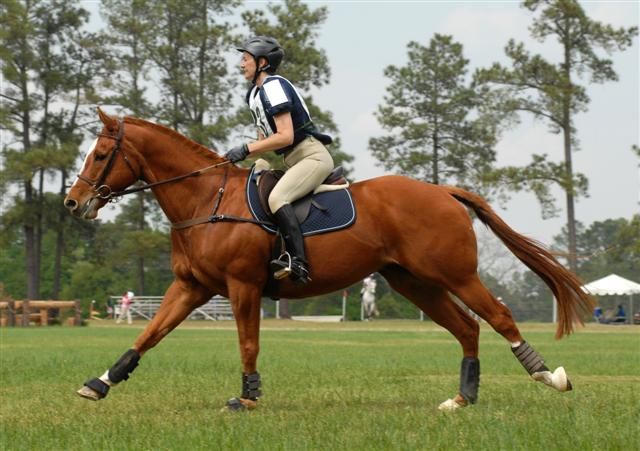 |
| We all gotta nom, man... |
But to the larger point, I’m sure there are
There is a robust collection of half-finished post drafts & more thoughts & intentions that I can shake a stick it. Problem is, I’m too tired to pick up the stick. Will you settle for an acorn cap?
So What's The Deal, Slacker?
I would put a very narrow confidence interval (fellow geeks, you’re welcome) around my certainty that many of you have found yourselves in times where the demands of life greatly exceed the ridiculously small number of hours astronomers give us each day (it’s easier to be annoyed at humans than an enormous star which will eventually massacre us all-seriously, click this, it's one of the awesomest infographics ever!). Not to mention your own finite capacity to meet said demands with energy, planning, and production of deliverables.
 |
| One target: the Everglades Pygmy Sunfish |
 |
| And they all have little red flags... |
Obviously, there is plenty to keep a person busy & in normal circumstances, those magical 0.3 miles of farm driveway form a bridge to an oasis of recovery. From the outside, it can certainly look that simple. However, as most of us learn after a modicum of time in Adult World (aaaand here come the porn hits, thank you, Google), there is nothing the universe loves more than conspiring to see how many boulders, made of types of rock you didn’t even know existed, it can stack on your head before you sink.
My neck is tired.
I don’t put this forth as a whine-fest, though, I have a pretty narrow selection of cheeses I actually like. Actually, the same goes for wine, but I did taste this amazing Japanese plum wine at a work conference this week…
FOCUS, WOMAN!
TL;DR: eventer79 is simply exhausted, over-stressed, overwhelmed (NOT AT ALL contributed to by her
For now, we try to hold on to small moments. As years go by, you learn how truly precious, finite, & fragile these are.
Red Horses: Ok
Aside from a minor balancing act to work out involving forever wussy front feet, Solo is bright & healthy & thanks to Minion Erica’s generosity & horsemanship, once again has the hocks of a 10-year-old. Encore is healing from a small tear in his left gluteus muscle (only my dear Encore could sprain his ass…), which will take several months, but Dr. Bob says just keep him in half-work-intensity & he is improving. I did tell David O. that I’m fairly certain this horse carefully plans so he is 100% fit & sound…when it’s cold & dark.
Scenery: Freezing But Scenic
So I will leave you with this, a gift from the most beautiful fall I’ve seen since I moved to NC in 2005. Who needs New England when my yard looks like this?
Hug your horses, stay safe during fall hunting seasons, & to my fellow horsey blog friends, I’m still reading & following your wonderful journeys; please don’t take offense at my radio silence. An erratic flight is still technically not a crash, don’t call NTSB yet!




.JPG)

















